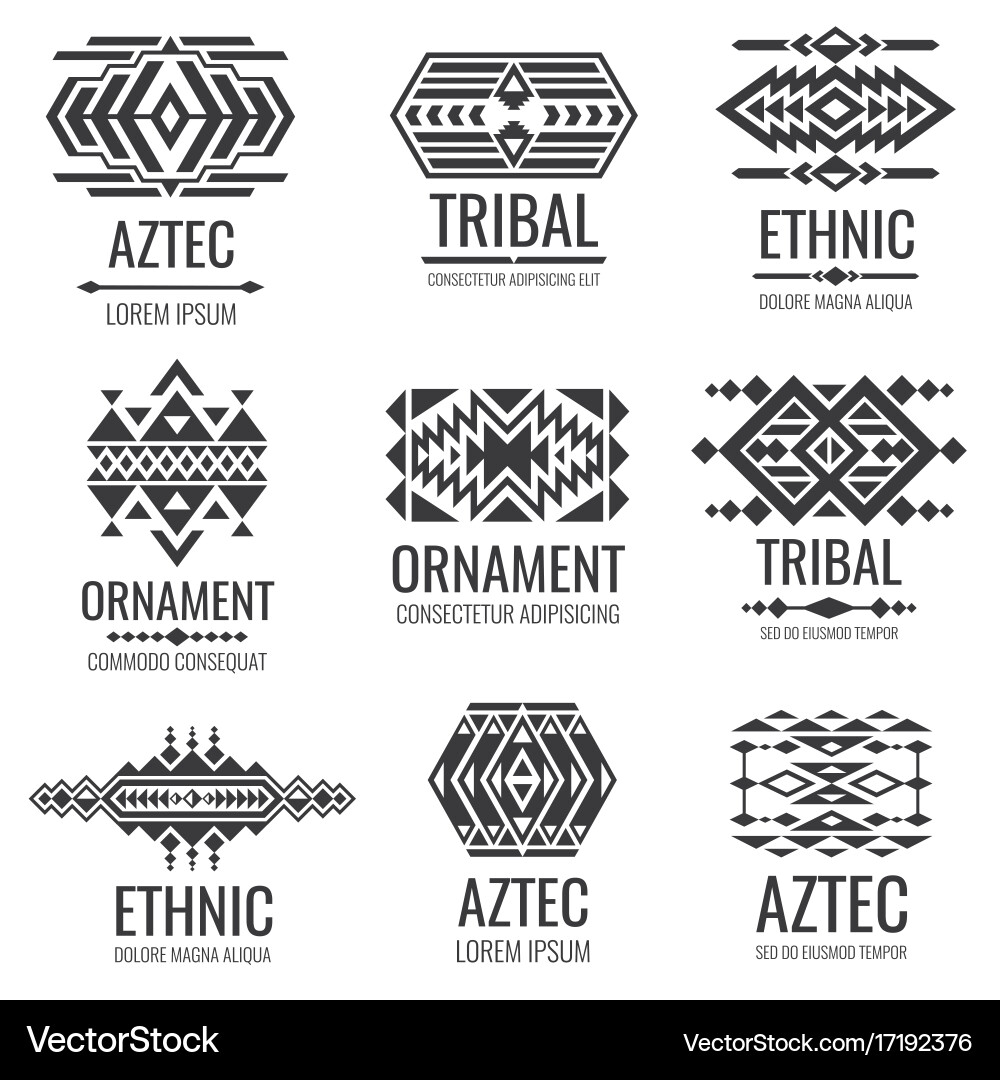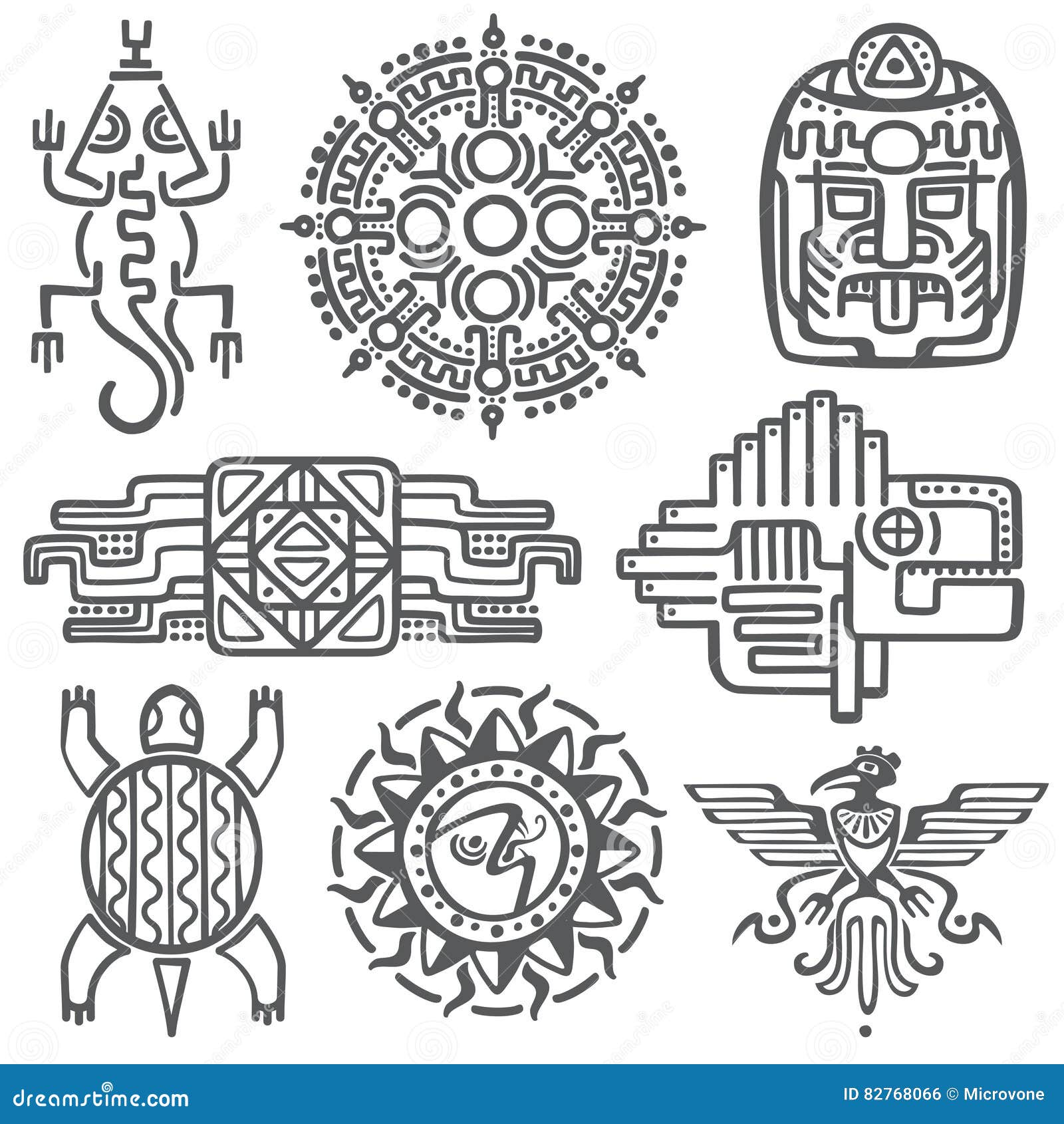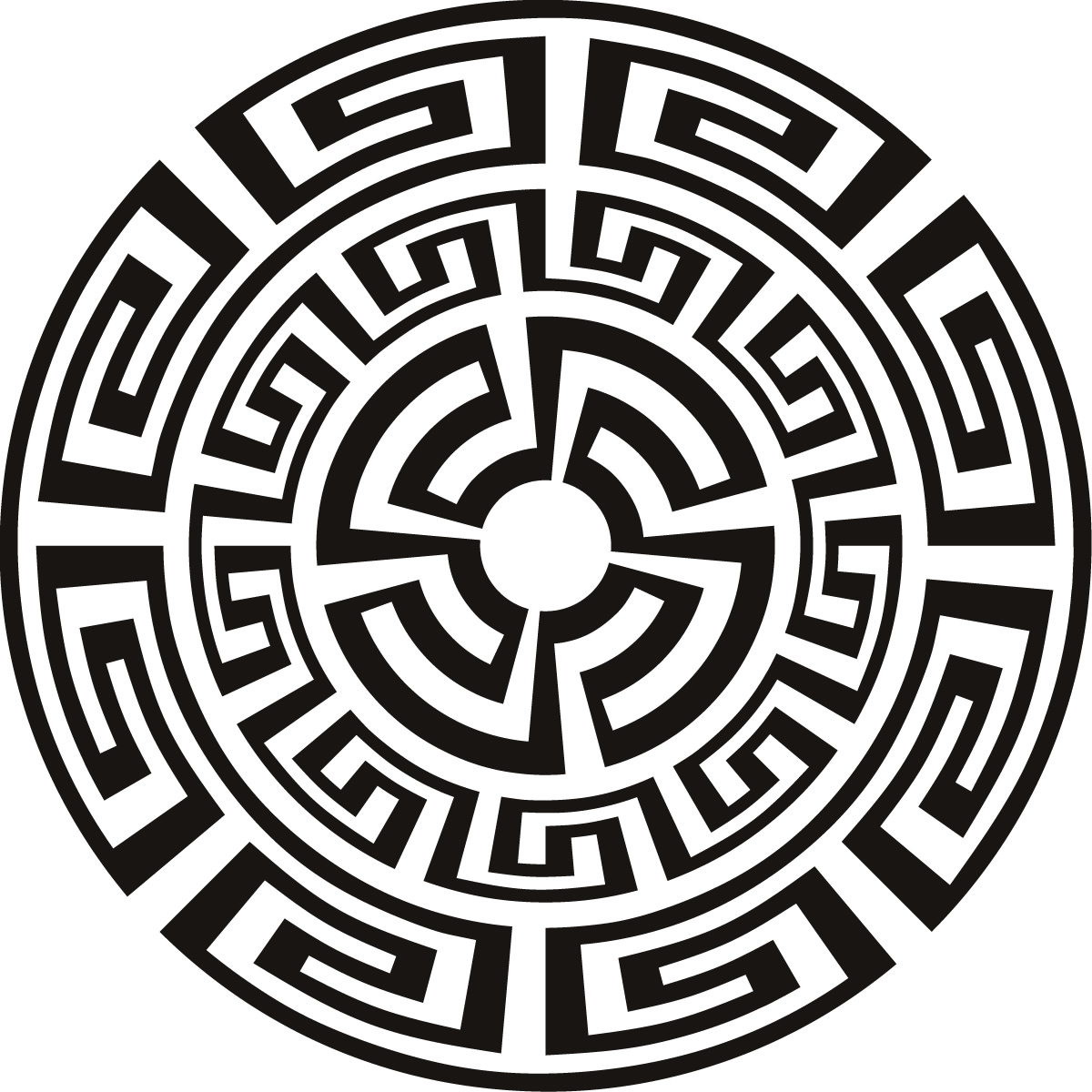
Pin by Hacos Hacos on Art lesson idea Aztec tattoo designs, Aztec
Popular Aztec Symbols. Symbolism was an integral part of the everyday life of the Aztec civilization. Some of the prominent Aztec patterns and ancient symbols are: Jaguar. The jaguar is a popular symbol in Aztec culture and calendar. Its calendar day is associated with Tezcatlipoca, the god of ancestral memory, time, and the night sky.

All sizes MesoAmerican glyph legend Flickr Photo Sharing! Aztec
Butterflies symbolized transformation. The monkey represented dance and celebration. Combined with other symbols, a rich story could be told. Zooming in on the symbols For more specific examples of Aztec symbols, it's helpful to look at some familiar uses. Check these out to learn about specific symbols and how they were most commonly used:

25 best Image BoardProject 2 images on Pinterest Clip art
Ollin, or Movement (pic 5). An Aztec day sign and symbol of the era of the Fifth Sun. Each of its corners represent east, north, west and south, and the centre is marked with a circle. Perhaps the most famous representation of Ollin is in the Aztec Sun Stone. Our current era of the Fifth Sun is placed at the centre (see pic 4).

Aztec Symbols Aztec Meanings Graphic and Meanings of Aztec Symbols
For the Aztecs, the symbol of the frog meant joy, renewal, and fertility.It showed the cycle of renewal and deemed death as an extension of this cycle. The Aztecs also linked the frog with Tlaltecuhtli, the 'earth mother goddess.' This goddess represented the cycle of death and rebirth. (7) Tlaltecuhtli was depicted in the form of a real toad or in a semi-human form, having clawed teeth.

Aztec Symbols Visual Library of Aztec Symbols Aztec symbols, Aztec
Did the Aztecs Have a Symbol for Family? The simple answer is not that we know of to date. As much as the Aztec people had symbols for almost everything, there doesn't seem to be a record of Aztec symbols that directly translated to family. This probably has a lot to do with the Aztec family structure and how it was set up in Aztec civilization.

Ancient Aztec Symbols And Meanings DreamsofWomen
Even more famously, the eagle was the symbol of the Aztec capital, Tenochtitlan, as the Aztecs believed that they were the descendants of the wandering tribe of the Mexica people. In the myth about the Mexica, they were said to have traveled Mesoamerica in search of a home - a home that would be indicated by an eagle sitting on a cactus.

Ancient mexican vector mythology symbols. american aztec, mayan culture
Cempasuchil Flowers The significance of Cempasuchil flowers ( Mexican Marigolds) dates to a romantic Aztec myth. The legend is about two young lovers - Xótchitl and Huitzilin - who would regularly hike to the top of a mountain to leave flowers as an offering to the sun god, and prove their love for one another.

Simbologia Azteca Significado affinitymoms
A jaguar, a fierce, brave hunter in ancient Mexico was the symbol of the Aztec elite warriors, the "Jaguars" as a jaguar was the largest beast of prey. It was a cult and shamanic animal figure associated with sacrificial ceremonies and offerings to the jaguar god and the Aztec god of warriors.

Pin by Dovie on nahuatl in 2020 Aztec symbols, Aztec tattoo designs
Aztec Symbols. The Aztecs were a Mesoamerican culture that existed in modern-day Mexico from the 14th to 16th centuries. The Aztec Empire, a confederation of three large city-states, was formed around the 15th Century. The Aztecs were composed of several ethnic groups from the region. Most, but not all, were speakers of the Nahuatl language.

Pin by Cheshire Cat on Patterns Aztec symbols, Aztec tattoo, Mayan
Jaguar Finally, revered as a powerful and enigmatic creature, the Aztecs believed the jaguar symbolized raw power, strength, and cunning. Aztec warriors often adorned themselves with jaguar skins and believed these symbols showed bravery and ferocity in battle. The Role of Aztec Symbols in Daily Life

Sintético 99+ Imagen De Fondo Maya Simbolos Aztecas Y Su Significado El
20 Aztec Symbols (with meanings explained) June 30, 2022 by historybuff According to legends, the Aztecs came from Aztlan and migrated to what is now known as Mexico around the 13th century. They built their city, Tenochtitlan, following the directions of Huitzilopochtli, their patron god.

Aztec symbols 1 Símbolos aztecas, Símbolos mayas, Aztecas dibujos
Together they symbolize life and death. Aztec mythology is the body or collection of myths of the Aztec civilization of Central Mexico. [1] The Aztecs were Nahuatl -speaking groups living in central Mexico and much of their mythology is similar to that of other Mesoamerican cultures.

Pin on Comida y bebida Uruguay
Jul 19, 2023 Difficulty Advanced Posted by Aarti Deegwal Category Symbolism The Aztecs, a highly advanced ancient civilization that thrived in central Mexico during the 14th to 16th centuries, had a rich and complex system of symbols and meanings that were deeply intertwined with their family structure and values.

Aztec Symbols ClipArt Best
One of the most important Aztec symbols in Aztec writing is the symbol of conquest. In this particular pictogram, an Aztec warrior is represented capturing another warrior with the temple of the enemy city-state in the background, toppled over and burning. This imagery is the representation of the conquest of the Aztecs over some other city-state.

Arm tattoo, family aztec symbol Aztec tattoo designs, Aztec symbols
Aztec birth symbols. As part of the all-important baby naming ceremony, Mexica (Aztec) parents presented their child with miniature symbolic gifts, indicative of the future gender-bound career in store for the newborn. The evidence comes from the encyclopedic Florentine Codex and from the Codex Mendoza. (Written by Ian Mursell/Mexicolore)

simboli aztechi Cerca con Google Aztec Tribal Tattoos, Mayan Tattoos
The short answer is 'Not that we know of.' This is difficult to answer because for many things there just are not simple equivalents. Dr. John Schwaller, a professor at the University at Albany, State University of New York - and member of our Panel of Experts - has sent us the following insightful commentary:-